Epipactis palustris
£6.45
Marsh Orchid/ Helleborine. One of our most beautiful European wild orchids. The tall flower spike consist of up to 20 large flowers which can be either a creamy-green or brownish-purple in colour. The base of the flowers are marked with dark purple to red veining with frilly outer edges. The reddish stem grows up to about 50cm with broad, oval leaves at the base. Flowers June to August. Full sun/light shade. Needs damp/boggy soil or pond margins, also performs well in chalky soil. Hardy.
Description
The marsh orchid, Epipactis palustris, is a striking perennial that thrives in moist, fertile soil, producing elegant flower spikes with up to 20 veined and frilly blooms. Follow this guide to cultivate healthy and vibrant Epipactis palustris plants that will reward you with a breathtaking display from June to August.
PLANTING and AFTERCARE GUIDE
Best Planting Time
- Spring Planting: The ideal time to plant Epipactis palustris is in spring. This allows the roots to establish before the active growing season begins, promoting healthy growth and vibrant flowers.
- Autumn Planting: Planting in early autumn ensures the plant can settle before dormancy, encouraging strong growth in the following year.
Site Selection
- Sunlight: Epipactis palustris thrives in full sun or light shade. Select a location that receives at least 4–6 hours of sunlight daily to maximise flower production.
- Soil: This orchid performs best in damp, boggy soil or along pond margins. Ensure the soil is consistently moist but well-drained. Chalky or nutrient-rich soils are particularly well-suited for Epipactis palustris, as long as waterlogging is avoided.
Planting Instructions
- Prepare the Planting Area: Choose a damp, nutrient-rich site. Clear weeds and loosen the soil to ensure good root penetration.
- Dig the Hole: Create a hole twice the width of the root ball and slightly deeper than the plant’s roots. This provides ample space for root growth.
- Amend the Soil: Mix organic matter, such as compost or leaf mould, into the soil to enhance fertility and drainage.
- Planting: Place the root ball into the hole, ensuring the crown of the plant sits level with the soil surface. Backfill gently, firming the soil around the base to eliminate air pockets.
- Watering: Water thoroughly after planting to help settle the soil and establish good root contact.
Watering Requirements
- Active Growth Season: Epipactis palustris requires consistently moist soil during the growing season. Water regularly, especially during dry spells, but avoid letting the soil become waterlogged.
- Dormant Season: During the dormant winter months, reduce watering. Only water if the soil dries out completely, as excessive moisture during dormancy can harm the roots.
Feeding
- Spring Fertilisation: Apply a balanced, slow-release fertiliser in early spring to encourage robust growth and flower development.
- Mid-Summer Boost: A light application of liquid fertiliser in mid-summer can help sustain the plant’s vigour and prolong flowering.
Pruning and Maintenance
- Deadheading: Remove spent flower spikes to encourage further blooming and maintain a tidy appearance.
- End-of-Season Care: In late autumn, after flowering has finished, cut back the plant to just above ground level. This prepares Epipactis palustris for winter dormancy.
Mulching
- Spring Mulching: Apply a 2–3 cm layer of organic mulch, such as bark chips or well-rotted compost, in spring. This helps retain moisture, suppress weeds, and regulate soil temperature.
- Winter Protection: Mulching in late autumn can also insulate the roots from cold weather, preventing frost damage.
Supporting the Plant
- Staking: In exposed or windy areas, consider staking the flower spikes of Epipactis palustris to prevent breakage. Use soft ties to secure the stems without damaging them.
Final Tips
- Epipactis palustris is a hardy, low-maintenance perennial that adds elegance to bog gardens, pond edges, and damp meadows.
- By providing adequate sunlight, consistent moisture, and fertile soil, you can enjoy the graceful beauty of Epipactis palustris throughout the summer months.
- Incorporate this stunning orchid into your garden for a splash of natural charm and biodiversity. Its delicate flowers attract pollinators, enhancing your garden’s ecological value.
Additional information
| Pot Size |
|---|



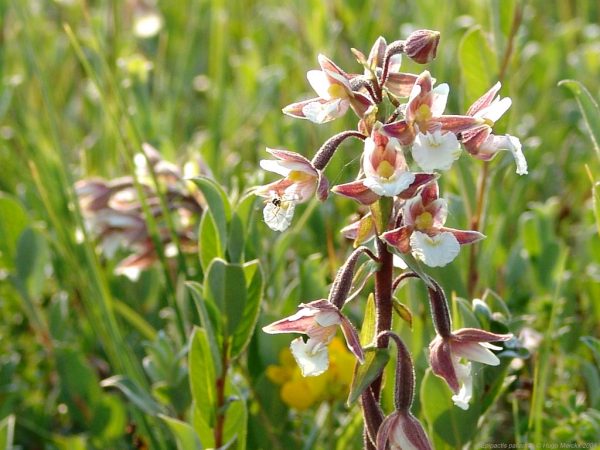
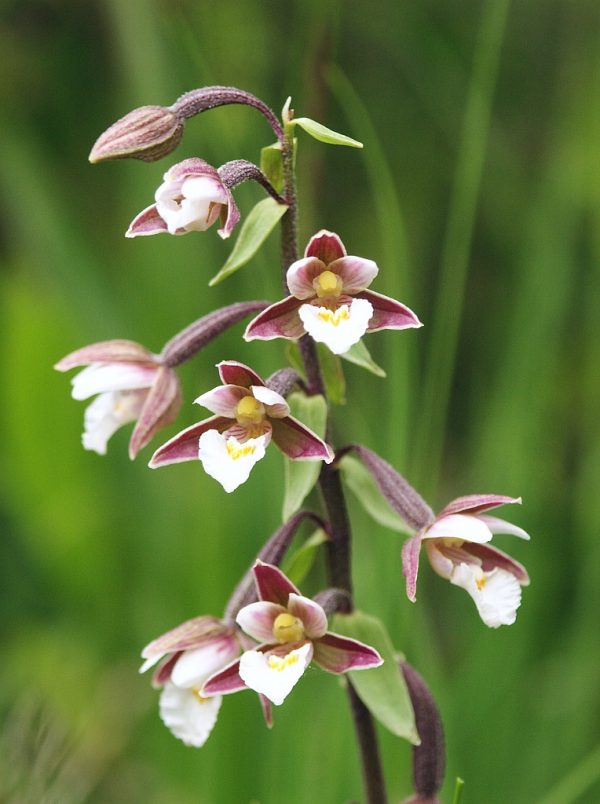
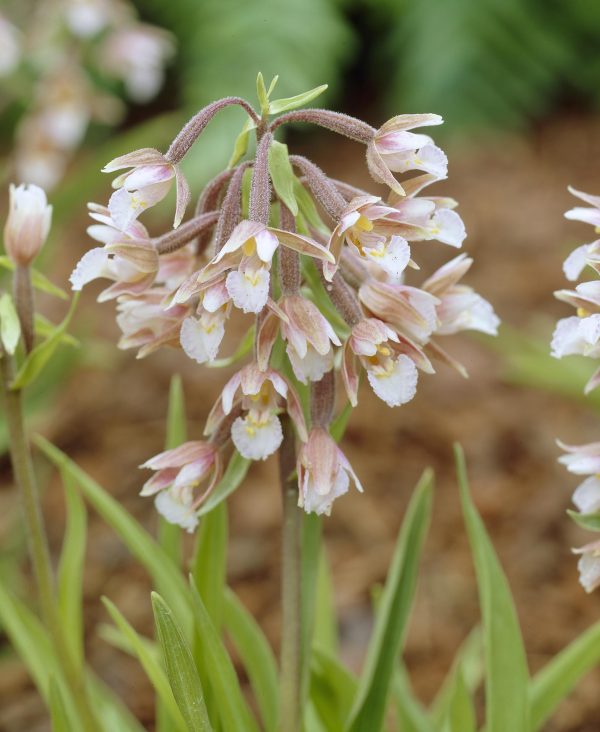
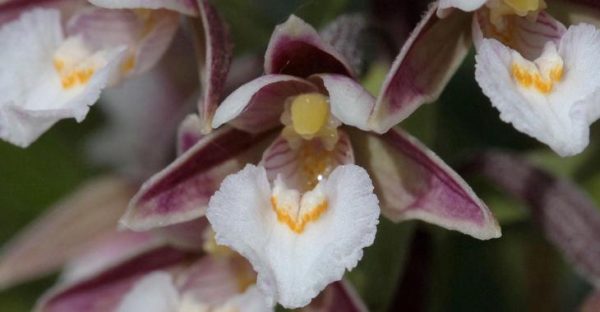
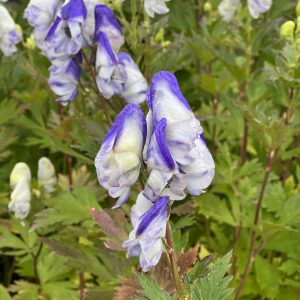
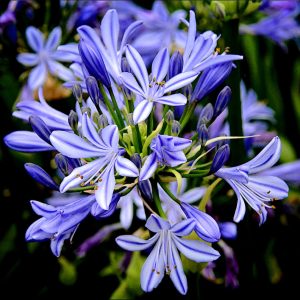
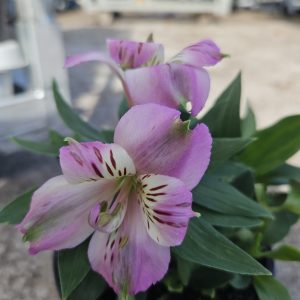
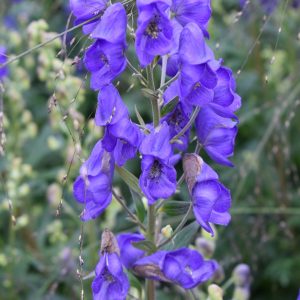
Reviews
There are no reviews yet.